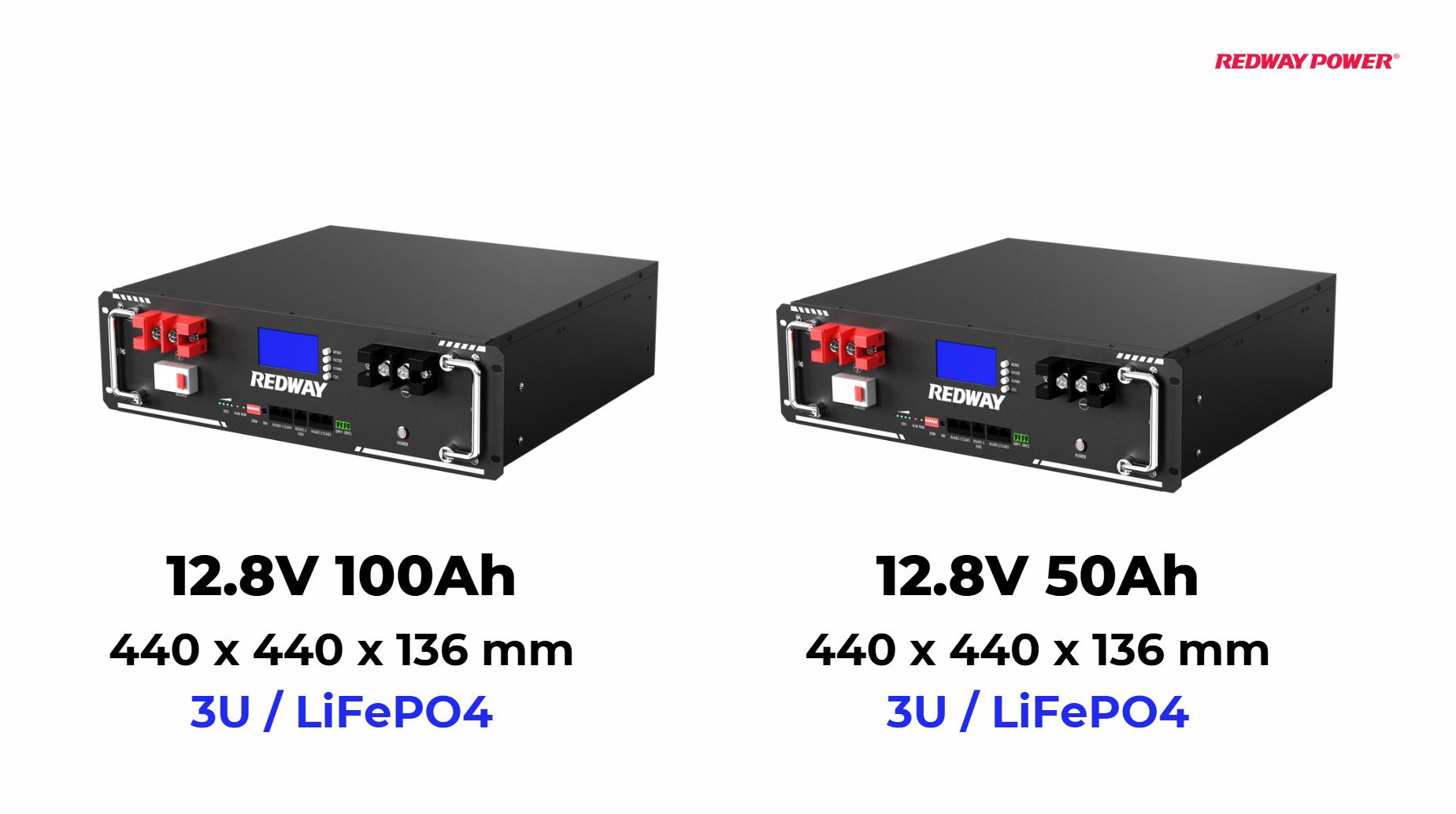Understanding the Dangers of Connecting Batteries in Parallel: What You Need to Know
Connecting batteries in parallel can seem like an efficient way to increase the overall capacity and flexibility of your energy storage system. However, improper wiring of batteries in parallel presents several significant dangers that can lead to hazardous situations. In this article, we will delve into the various risks associated with parallel battery connections, particularly focusing on issues such as short circuits, cell imbalance, and capacity mismatch. We will also discuss best practices to ensure safety and efficiency, including selecting compatible batteries, using a reliable Battery Management System (BMS), and exploring alternative solutions.
Connecting batteries in parallel can pose risks such as overheating or fire if not properly managed. It’s crucial to use batteries of the same chemistry and capacity for safety.
The Risks of Connecting Batteries in Parallel
When batteries are connected in parallel, they share the same voltage while their capacities are added together. While this setup can be beneficial, it is crucial to understand and address the associated risks to prevent potential dangers.
Short Circuits
One of the primary risks of connecting batteries in parallel is the potential for short circuits. If batteries are not wired correctly, it can create a direct path between the positive and negative terminals, leading to a short circuit. This not only discharges the batteries rapidly but can also cause overheating, fire, or explosion. Proper wiring and maintaining correct polarity are essential to avoid these dangerous scenarios.
Cell Imbalance
Cell imbalance occurs when batteries with differing charge levels or internal resistances are connected in parallel. This imbalance can lead to uneven charging and discharging rates, resulting in reduced overall performance and potential damage to the batteries. To prevent this, it is vital to connect batteries that are of the same type, brand, and capacity to ensure uniform performance.
Capacity Mismatch
Connecting batteries with mismatched capacities in parallel can lead to inefficient energy use and accelerated degradation. Batteries with different capacities may not charge or discharge at the same rate, causing the larger capacity battery to take on a disproportionate share of the load. This mismatch can lead to reduced battery life and overall system inefficiency. To mitigate this risk, always ensure that batteries connected in parallel have the same capacity and voltage rating.
Heat Dissipation Issues
When batteries are connected in parallel, they generate more heat due to increased current flow. If the heat is not adequately dissipated, it can cause thermal runaway, a dangerous condition where the battery temperature increases uncontrollably. To address heat dissipation issues, ensure that the battery system is equipped with proper ventilation and cooling mechanisms.
Best Practices for Safe Parallel Battery Connections
To maximize safety and performance when connecting batteries in parallel, adhere to the following best practices:
Select Matching Batteries
Always use batteries that are identical in terms of type, voltage, capacity, and age. Using matching batteries helps ensure that each battery in the parallel connection shares the load equally and maintains a uniform charging and discharging rate. This approach minimizes the risk of cell imbalance and capacity mismatch.
Implement a Reliable Battery Management System (BMS)
A Battery Management System (BMS) is crucial for monitoring and managing the health of each battery in a parallel configuration. A high-quality BMS will:
- Monitor voltage levels to prevent overcharging and over-discharging.
- Balance charge levels across all batteries to avoid cell imbalance.
- Protect against short circuits and overheating.
Investing in a reliable BMS enhances the safety and longevity of your battery system.
Perform Regular Maintenance Checks
Regular maintenance checks are essential for ensuring the continued safety and efficiency of your parallel battery setup. This includes:
- Inspecting wiring connections for signs of wear or damage.
- Checking voltage levels and temperature of each battery.
- Cleaning battery terminals to prevent corrosion and ensure good electrical contact.
Explore Alternative Solutions
Sometimes, using larger or different types of batteries might be a more efficient solution than connecting multiple batteries in parallel. Consider:
- Higher-capacity batteries that can handle the load without needing parallel connections.
- Different connection methods, such as series connections or a combination of series and parallel configurations, to optimize performance and safety.
Conclusion
Connecting batteries in parallel can offer increased capacity and flexibility, but it also introduces several risks if not managed properly. Short circuits, cell imbalance, capacity mismatch, and heat dissipation issues are some of the critical dangers associated with improper parallel battery connections. By following best practices such as selecting matching batteries, implementing a reliable BMS, and performing regular maintenance, you can minimize these risks and ensure the optimal performance of your battery system. Exploring alternative solutions may also help mitigate potential drawbacks and improve overall system efficiency. Prioritizing safety and adherence to best practices will allow you to harness the full potential of parallel battery configurations while avoiding the associated dangers.

